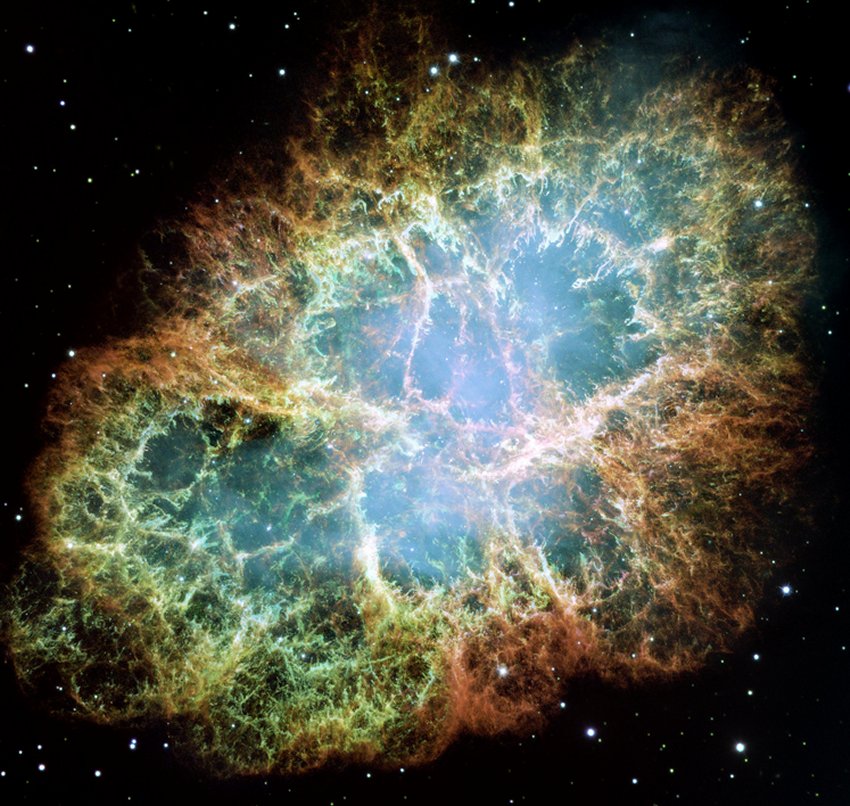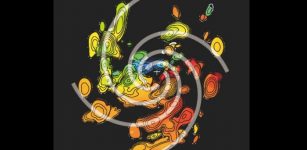Cosmic Danger – A Supernova Within 50 Light Years Would Kill Life On Earth
MessageToEagle.com – There is no doubt that a supernova is a real danger to life on Earth. What has so far been unclear, is how close the supernova must take place to destroy life on Earth. It is also important to understand how likely it it such an event can occur.
The last supernova seen with the human eye was documented by Johannes Kepler in 1604. That was at a distance of about 20,000 light years. And while it shone brighter than any star and was visible in daylight, it certainly caused no issues on Earth.
Astronomers have now calculated the distance at which supernova would spark mass extinctions on Earth and they estimate the “kill zone” is 50 light years.
What Is The “Kill Zone”?
“People estimated the ‘kill zone’ for a supernova in a paper in 2003, and they came up with about 25 light years from Earth,” he said. “Now we think maybe it’s a bit greater than that. They left some effects out or didn’t have good numbers, so now we think it may be a bit larger distance.
We don’t know precisely, and of course it wouldn’t be a hard-cutoff distance. It would be a gradual change. But we think something more like 40 or 50 light years. So, an event at 150 light years should have some effects here but not set off a mass extinction,” Adrian Melott, professor of physics and astronomy at University of Kansas said.
About 2.6 million years ago, a supernova caused mass extinction on our planet, but the risk we will experience a threat from a supernova is not very large. Supernovae happen about once every 100 years in the Milky Way. But the Milky Way is a big place, roughly 100,000 light years across and our Sun is located at the near the outskirts of the Milky Way where few stars massive enough to become supernovae are born which limits the danger, but it doesn’t mean it’s impossible.
See also:
Will A Milky Way Supernova Be Visible From Earth In The Next 50 Years?
Ancient Text Reveals Sighting Of SN 1006 – Brightest Supernova Ever Observed
Cosmic Mystery – What Happened To Earth’s Second Moon?
Could Humanity Survive A Supernova Not Far Away?
Even if humans managed to survive such an event, we’d be watching its aftermath for generations. Hundreds or thousands of years after the light from the supernova had faded, we would still see something similar to the Crab Nebula over the skies.

Exploding supernovae emit powerful light, neutrinos, and high-speed charged particles. Charged particles which are commonly known as cosmic rays, could easily penetrate the Earth’s atmosphere if they originated nearby. At 150 light-years, these cosmic rays would give every organism on Earth several CT scans per year. Cancer and mutations would be the most obvious consequences for Earth’s biology of a supernova’s cosmic rays.
In addition to cosmic rays, the team found a supernova would have caused blue light to shine in the sky at night for about a month.
“That’s been shown to be a fairly bad thing for almost all living organisms,” Melott said. “It throws off sleep and messes up your melatonin production. I would never want a blue LED alarm clock in my bedroom, for example. Blue LED streetlights have been shown to have bad effects in animals, causing behavioral changes. But this effect would only last a month or so. I think you would never see evidence in the fossil record.”
How Much Should We Worry About A Threat From A Supernova?
Though it cannot be denied that a supernorva poses a threat to our planet, we shouldn’t worry to much about this particular cosmic event. Melott thinks we should focus our attention on potential much closer to home threats such as global warming because a supernova will most likely not occur in the near future.
The closest potential supernova is Betelgeuse, about 600 light years away, according to Melott.
“It’s much further away than this one we’ve been talking about,” he said. “It’s close enough to be spectacular in the sense that it would be bright and you’d see it in daytime, but there’d be no harmful effects.”
MessageToEagle.com
Expand for references










